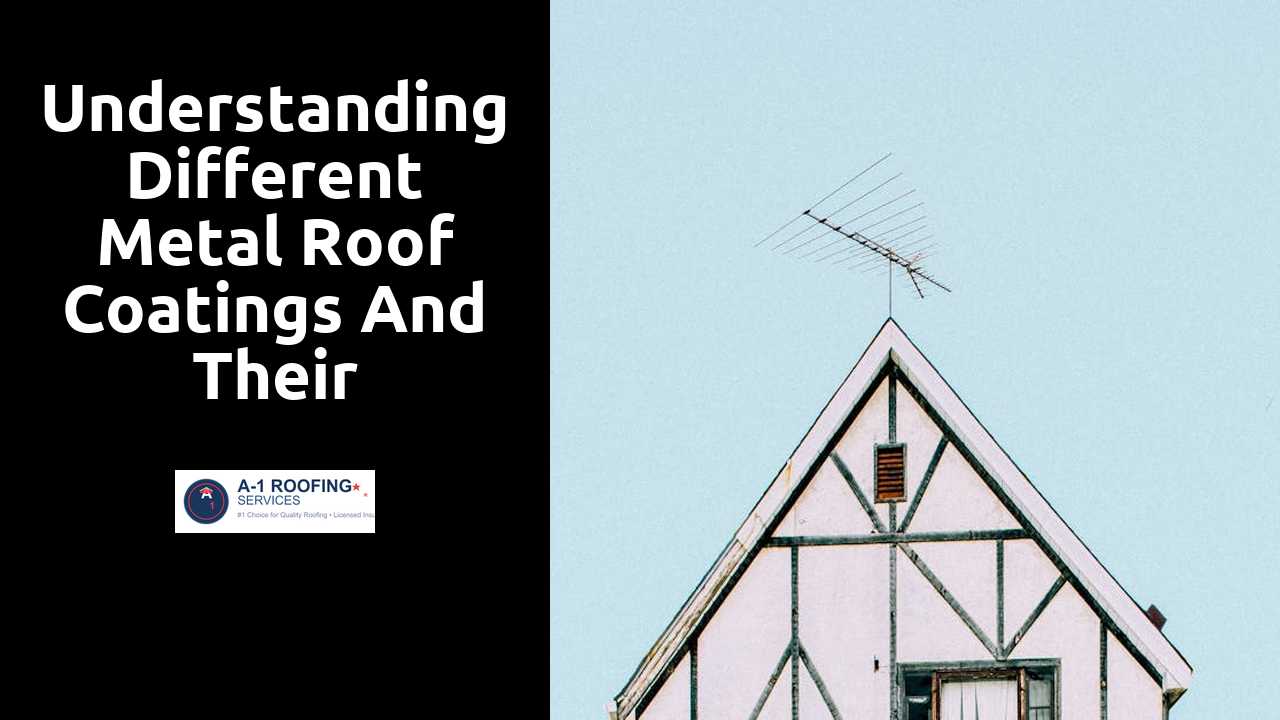
Understanding Different Metal Roof Coatings and Their Benefits
Table Of Contents
Application Methods for Metal Roof Coatings
Two primary methods are commonly used for applying metal roof coatings. Spray application is known for its efficiency and ability to cover large areas quickly. This method allows for even distribution across the surface, which is essential for achieving optimal adhesion. Roll-on techniques, on the other hand, offer greater control over application thickness. This method can be more labor-intensive but often results in a more meticulous finish, making it ideal for intricate roof designs or smaller projects.
Choosing the right application method depends on several factors, including the size of the roof, the type of coating being used, and the specific project requirements. For large commercial roofs, spray application may be the most practical choice, saving both time and labor costs. Conversely, for residential properties where detail matters, the roll-on technique can provide better results. Proper surface preparation is crucial in both methods to ensure the longevity of the coating and the overall performance of the metal roof.
Continue to read this blog post for more great tips.
Spray vs. Roll-On Techniques
Spray application techniques involve the use of specialized equipment to atomize the coating material, allowing for an even and consistent distribution across the metal surface. This method is often quicker than applying by hand, covering large areas efficiently. The fine mist of the coating can reach into crevices and hard-to-access areas, ensuring comprehensive coverage. However, this technique requires proper safety measures due to the use of solvents and potential overspray.
On the other hand, roll-on techniques utilize rollers or brushes to apply the coating directly onto the metal roof. This method offers greater control over the application process and is often seen as more suitable for smaller projects or touch-ups. While it may take more time to cover larger areas compared to spray applications, it can minimize waste and reduce cleanup associated with overspray. Both methods have their unique advantages, making them suitable for different situations and preferences.
Maintenance Requirements for Coated Metal Roofs
Coated metal roofs require routine inspections to ensure their integrity over time. These inspections typically focus on identifying signs of wear, such as cracking, peeling, or discoloration of the coating. Areas around seams and fasteners often demand particular attention, as these spots are more susceptible to moisture penetration and deterioration. Cleaning the roof periodically can also aid in maintaining the coating by removing debris, dirt, and any potential mold or mildew growth that could compromise the surface.
To extend the lifespan of the coating, it is essential to address any issues promptly. Minor repairs, such as touch-ups or resealing seams, can prevent more extensive damage and the need for more significant repairs later. Seasonal maintenance, especially in regions with varied weather, can help mitigate potential damage caused by environmental factors. Regular assessments and timely interventions form the basis of a robust maintenance strategy for coated metal roofs.
Tips for Prolonging the Coating Life
Regular inspections of the coated metal roof are essential for identifying any signs of wear or damage early. Look for areas where the coating may be thinning, peeling, or bubbling. Addressing these issues promptly can prevent more significant problems that may arise from exposure to the elements. Keeping debris such as leaves and branches off the roof also helps maintain the integrity of the coating, minimizing the risk of moisture buildup that can lead to corrosion.
Seasonal cleaning is a straightforward way to enhance the lifespan of metal roof coatings. Using a soft brush or a gentle pressure washer can remove dirt, grime, and any biological growth that may compromise the surface. Avoid harsh chemicals that can degrade the coating material. Regular maintenance, paired with prompt repairs, ensures that the roof remains protected and retains its protective qualities for years to come.
Cost Considerations for Metal Roof Coatings
When assessing the cost of metal roof coatings, several factors come into play that can significantly influence the overall expense. The type of coating selected often dictates the price range, with options ranging from budget-friendly solutions to high-performance, specialized coatings. In addition, the size and complexity of the roof, along with any necessary preparatory work, will impact labor costs. Homeowners should also consider regional price variations and look for reputable contractors who can provide transparent estimates.
Evaluating the long-term financial benefits is essential when considering these coatings. They not only enhance the aesthetic appeal and durability of metal roofs but also contribute to energy efficiency, potentially lowering heating and cooling costs. A well-maintained coating can prolong the life of the roofing material, reducing the need for premature replacement. Understanding these potential savings can assist in determining whether the initial investment in a quality coating is justified.
Evaluating Return on Investment
Understanding the financial implications of metal roof coatings is crucial for property owners. The initial investment in high-quality coatings may appear substantial, but the long-term benefits often outweigh these costs. Enhanced durability means fewer repairs and replacements, which can lead to significant savings over time. Additionally, the energy efficiency resulting from specialized coatings can translate to lower utility bills, providing continuous financial relief.
Another factor to consider is the impact on property value. A properly coated metal roof not only enhances curb appeal but also signals to potential buyers that the maintenance has been prioritized. This can lead to a higher resale value, effectively offsetting the initial coating expense. By evaluating these factors, property owners can determine how a metal roof coating serves not only as a protective layer but also as a strategic investment for future financial stability.
Related Links
How to Select the Right Gauge for Metal RoofingComparing Metal Roofing Styles: Aluminum vs Steel